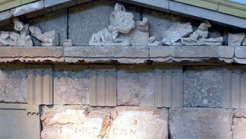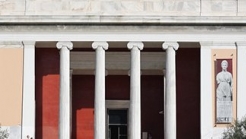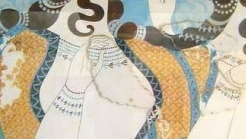

Greece
The Fountain of the Lions or "Lions" is one of the central parts of the city. It is well known except by locals and foreigners. The fountain was built in 1628 by General Provisioner Francesco Morosini to help supply water to the city, which suffered from water scarcity.
The Fountain of the Lions
The Fountain of the Lions or "Lions" is one of the central parts of the city. It is well known except by locals and foreigners. The fountain was built in 1628 by General Provisioner Francesco Morosini to help supply water to the city, which suffered from water scarcity. The water that gave generously to the inhabitants came from the mountain Zeus. The Fountain is adorned with various architectural ornaments, such as armorial bearings, mythological scenes, etc. Over lions stood a statue of Neptune, which is no longer extant. During the Ottoman contributions made to the monument and placed a kind cab ride from the Fountain.
Στην σύγχρονη εποχή έγιναν κάποιες παρεμβάσεις προς συντήρηση του μνημείου. Στο σημείο δίνονται πολλά ραντεβού από τους ντόπιους. Δίπλα εκεί βρίσκεται και ένα ρολόι το οποίο συμπληρώνει την εικόνα της πλατείας.


The Megara Archaeological Museum opened in 2-4-2000 to house the antiquities that come from the digs of the city and the surrounding area.


The National Archaeological Museum of Athens is the biggest museum in Greece, and one of the most important ones worldwide.The rich collections, with more than 11.000 exhibits, offer the visitor a complete image of the ancient Greek civilization..


Indeed, the peak sanctuaries were the places where the Minoans imagined that their gods were living. They did not worship their gods in magnificent temples, such as those that have been built in the East. They practiced their religious in rural areas, in caves...
1039 Ε 6061 01515 00